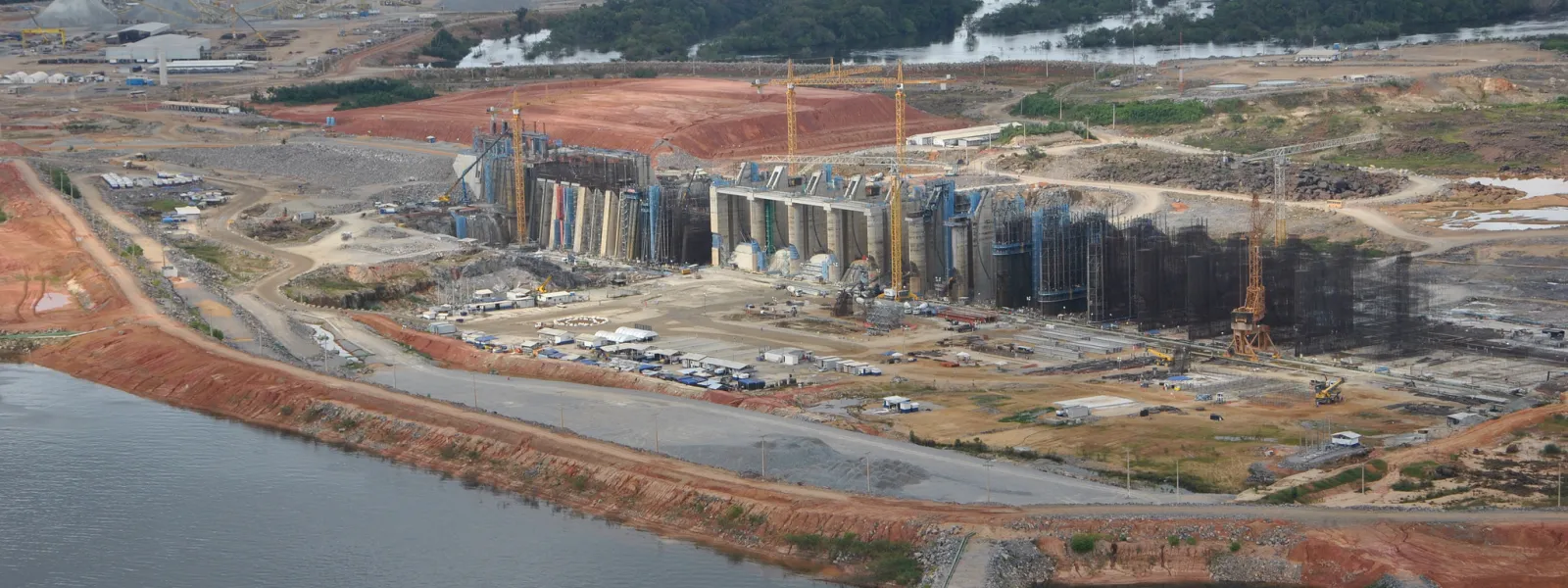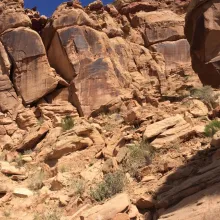
Large dams in the Americas: Is the cure worse than the disease?
Large dams consistently cause severe, and often irreversible, environmental and social damage. Their construction is also often associated with violations of international human rights and environmental laws. AIDA’s report Large Dams in the Americas: Is the Cure Worse than the Disease? explores these grave impacts and explains the existing international standards that should be applied to protect the environment and human rights. The report also exposes the dangers of using large hydroelectric dams to meet increasing energy demands in Latin America.
To promote greater protection of human rights, AIDA gave testimony based on this dams report to the Inter-American Commission on Human Rights (IACHR) at a general hearing on November 2, 2009. AIDA has also shared the report’s findings with international experts, policymakers, non-governmental organizations, affected local communities, and international financial institutions such as the World Bank and the Inter-American Development Bank.
Furthermore, AIDA staff presented legal strategy workshops at "Rivers for Life 3", an international meeting of dam-affected communities in Temacapulín, Mexico, October 1-7, 2010. The previous month, AIDA staff represented Latin America on a panel of water experts at World Water Week in Stockholm.
In Large Dams in the Americas, AIDA examines five large hydroelectric dams in violation of a range of environmental and human rights laws: Yacyretá in Argentina and Paraguay, Río Madeira in Bolivia and Brazil, Baba in Ecuador, Chan-75 in Panama, and La Parota in Mexico. Through these case studies, AIDA illustrates how governments generally disregard important international obligations and standards, such as the need to conduct proper environmental and social impact assessments.
In the report, we also explain the significant social and environmental impacts caused by large dams. We discuss how families suffer when they are displaced or forcefully evicted by dams and lose valuable farmland, water sources, or traditional fishing areas. We document how the people most harmed by large dams are those from vulnerable populations, including indigenous, afro-descendent and poor farming communities. We also describe how large dams typically harm the environment by flooding valuable ecosystems, dramatically altering natural flows of water, disrupting wildlife habitat, and obstructing the migratory paths of perse species, among other impacts.
In addition, Large Dams in the Americas dispels the myth that dams are a source of "green energy". Even though dams do not rely on fossil fuels to generate electricity, they still contribute to greenhouse gas emissions. Hydroelectric dams create enormous reservoirs of river water that submerge valleys and lead to the decomposition of vast amounts of organic matter. As the trees and other biomasses break down, they release carbon dioxide and methane, the same greenhouse gases that are created by "dirty" technologies like coal-fired electricity plants.
Turbines also liberate methane trapped in deep water and emit carbon dioxide as they release pressure from the reservoir. In tropical regions, dams can emit as much as eleven times the amount of greenhouse gases that a conventional power plant of equivalent size would emit.
Given the negative impacts of large dams, AIDA's report recommends that policymakers seriously consider alternatives that protect human rights and our natural ecosystems, save energy, and reduce greenhouse gas emissions. Suggested alternatives include: improving energy efficiency, reducing demand, making better use of sustainable energy sources, investing in energy-efficient technologies and infrastructure, and removing barriers that hinder technology exchange between nations.
AIDA wrote this report in collaboration with our participating organizations, CEMDA, CEDHA, ECOLEX and Earthjustice, as well as International Rivers, Sobrevivencia, and the Association for Conservation and Development (ACD). By educating governments, policymakers, communities, and other key players about large dams, we seek to encourage authorities to investigate the matter and apply our recommendations on how to implement dam projects in compliance with international laws.
Dena DeBry

Dena DeBry is a fine artist and web developer. She runs Buttonwillow Six, a small web development company based in Salt Lake City. To see more, visit http://www.buttonwillowsix.com.
